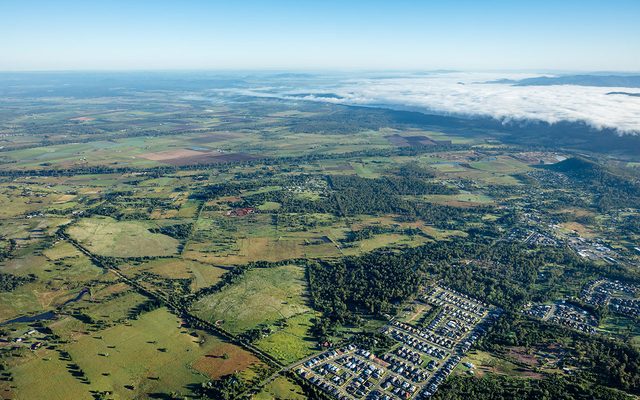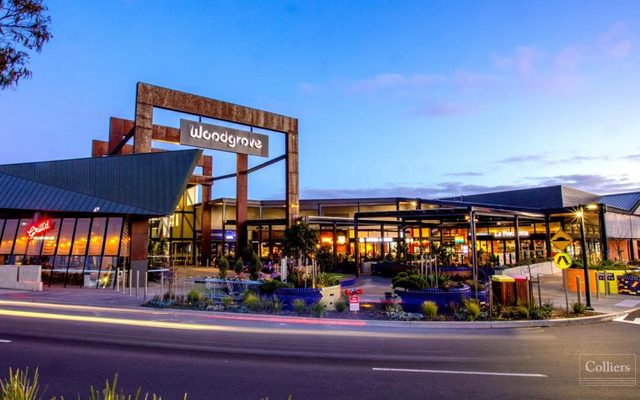This article is from the Australian Property Journal archive
RELIEF was still out of reach for renters in Australia’s capital cities over the June quarter, while regional renters felt some reprieve as rents steadied.
According to the latest data from PropTrack, national median advertised rents saw a 2.0% bump over the June quarter, reaching $520 per week and reflecting an annual increase of 11.8%.
Gains were more severe across the combined capital cities, with rents climbing by 5.8% to $550 per week, for a 17% increase from the same period in 2022.
“Rental markets continue to be extremely challenging for renters, with rents surging across much of the country amid strong demand and very limited availability,” said Angus Moore, economist at PropTrack.
“This is especially true in Sydney and Melbourne, where weekly rents have increased significantly after falling in these cities during 2020 and 2021.
The Sydney and Melbourne unit market led increases over the last year, with advertised rents hike by 19% and 17.5% respectively, up 3.5% and 4.4% for the quarter.
Median rents were up 19% on pre-pandemic levels for Sydney’s unit market and 10.6% for Melbourne’s.
Meanwhile, Sydney’s median house rents were stable over the quarter and grew 6.3% annually, with Melbourne’s house rents up 3.1% for the quarter and 7.6% annually.
“There are signs rent growth may be slowing in some of the other capitals. Rents in Adelaide were flat in the June quarter. Rents in Brisbane grew 1.9%; while still quick, it was the slowest pace of quarterly growth since mid-2021,” added Moore.
Brisbane’s house rents grew 0.9% over the quarter and 10.8% for the year, while unit rents were up 3.2% for the quarter and 15.3% for the year.
In Adelaide, house rents were stable over the quarter but up 8.7% annually, while unit rents were up 2.4% for the quarter and 10.5% for the year.
Perth house rents were up 3.8% for the quarter and 14.6% for the year, with unit rents up 4.4% for the quarter and 11.9% for the year.
In Hobart, house rents grew by 3.6% over the quarter and the year, while unit rents were stable for the quarter and grew by 4.4% for the year.
Darwin house rents were up 4.0% for the quarter and 4.8% for the year, with units stable over the quarter and up 4.0% annually.
Finally, in the ACT house rents were stable over the quarter and up 1.5% over the year, with unit rents up 1.8% for the quarter and 3.7% for the year.
“Rents are likely to continue growing in capitals over the coming months. But, with rental vacancy rates looking to have stabilised, and growth easing in some capitals, national rent growth may start to slow,” said Moore.
Meanwhile regional rental markets showed greater signs of moderating, with dwelling rents stable across the combined regions and up 6.7% for the year.
“The good news for regional renters is rent growth looks to be moderating after three years of brisk growth,” added Moore.
“Median rents were flat in the June quarter, with rents for units even declining modestly. That slowing in rent growth is consistent with improving rental availability in regional markets.”




